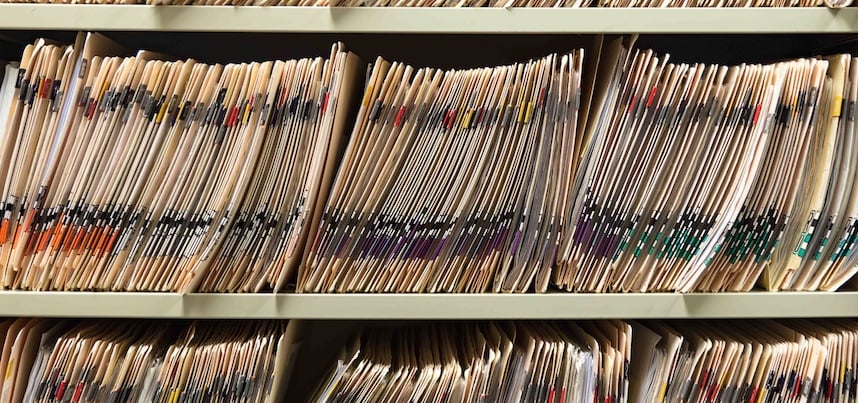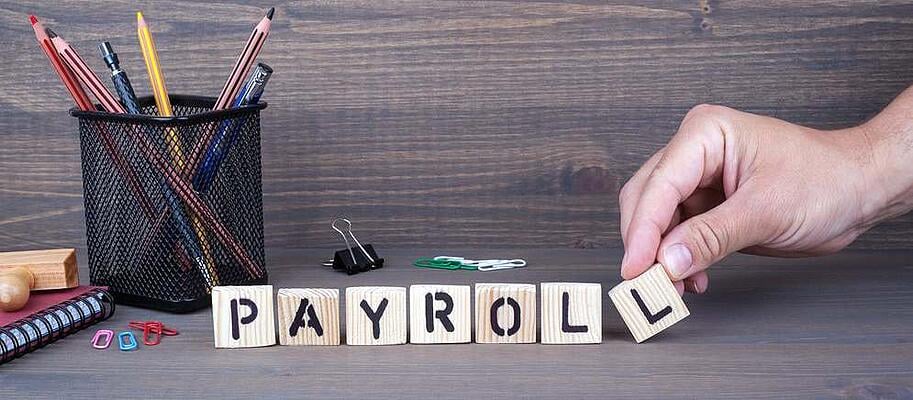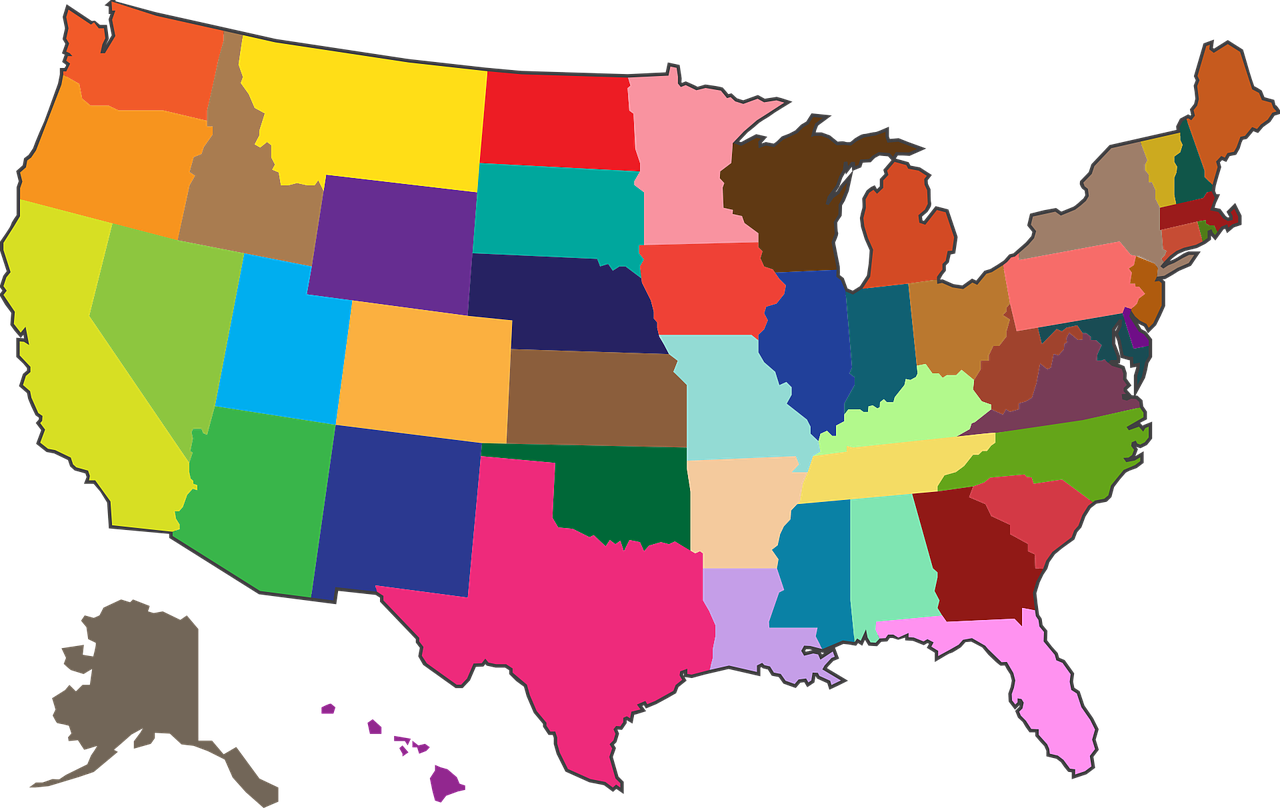At this point in time, we are all aware that there are certain things we simply cannot control. From a pandemic to government shutdowns, adverse weather, holiday closings, road obstructions, power outages and more, there are many situations that can prevent postal and courier services from getting employees a paper paycheck on time.
The consequences of these situations are notable. First off, employees aren't getting paid on time, which can impact them personally in a bevy of ways. Second, it just complicates matters. Employers may need to reschedule deliveries, which can incur additional costs. Revised delivery times might mean paychecks are sitting unattended for extended periods of time and are damaged, lost or stolen. And perhaps worst of all, an employer's reputation as a reliable and trustworthy organization could be called into question by employees' stuck waiting for their paychecks.
By moving from paper paychecks to an electronic payment method, businesses can give their employees the reassurance they need that they'll be paid on time — no matter what. Ready to dive in? Let's get started by talking about two popular electronic payment options that make a great alternative to paper paychecks.
Electronic payment options
There are a variety of paperless payment options for employers to consider, two of which are direct deposit and payroll cards (aka “paycards”). Here’s a high-level overview of each:
Direct deposit: Over 95% of U.S. workers are paid via direct deposit, making it the most popular payment option by far. Direct deposit allows you to transfer funds directly from your bank to an employee’s account using the Automated Clearing House (ACH) network. The ACH coordinates payments among each party’s financial institution, making it a safe and convenient way to pay and be paid.
Paycards: A newer and increasingly popular alternative to direct deposit, paycards provide an electronic payment option for primarily “unbanked employees” (employees without a bank account). With paycards, you can deposit employees’ net wages directly into a paycard account on paydays (or even as an advance — depending on the paycard provider). Employees then have access to their account funds via a paycard, which they can use like a debit card to retrieve cash, make purchases and pay bills. Just note that some states and programs only allow paycard use for individuals who are 18 or older.
Direct deposit is more popular, but depending on your industry, pay cards may make sense. Some industries, such as foodservice, hospitality and agriculture tend to have higher percentages of unbanked employees, so paycards are a good option. Paycards are also a great solution if you want to offer employees the option for an advance on their pay. Before you make a decision on which payment type (or types) to offer, check with your bank on associated fees for each option and ask your employees which method they prefer.
Benefits of paperless pay
Both direct deposit and paycards have a bevy of short and long-term benefits for employees and employers alike. Here’s a few of the main reasons more and more business are saying goodbye to paper paychecks forever:
- Reliability: Electronic payments are automated, which reduces reliance on humans, banks and businesses to print, process, deliver, deposit, and pick up paychecks. By reducing the number of touchpoints involved with getting your employees paid, you’re mitigating risk and ensuring your employees are paid on time.
- Efficiency: Employees save time since they don’t need to take their check to the bank or bother depositing checks electronically. Instead, their funds are just waiting for them on payday. Employers also free up time by avoiding manual paycheck processing each pay period.
- Reduced costs: Employees avoid check-cashing fees and employers save on expenses associated with paper checks, paycheck production, lost or stolen checks or courier penalty fees. Although electronic pay methods may have associated fees, the overall cost is typically lower and more predictable.
- Security: With direct deposit, employees don’t need to stress about losing their paychecks since funds are automatically deposited into their accounts. Employers also eliminate fraud concerns, such as the cashing of lost or stolen checks.
- Financial planning: With direct deposit, employees can set aside a predetermined amount for checking and savings. Some employees with bank accounts will still use paycards exclusively for spending money, and they’ll deposit the rest of their money into their traditional bank account for bills and savings.
- Eco-friendly: Paperless pay doesn’t contribute to paper waste. Not only that, but it can eliminate trips to the bank, which means less gas consumption and carbon emissions. And who doesn’t like that?
Can employers require electronic payment?
As an employer, you’re responsible for paying your employees accurately and on time. Considering this, you may want to transition all employees to an electronic payment method. Just check your state laws to see if mandatory direct deposit is an option for your business.
In some states, employers can make direct deposit mandatory for their employees. If you’re in Wisconsin, for example, you can mandate direct deposit if you comply with specific state guidelines. In other states, such as Illinois, the employee must agree to receive their pay via the electronic method.
Ready to move to an electronic payday?
If you already offer paperless pay options, you've taken the first step in supporting a more secure and reliable payroll experience. However, there’s more to it. Encouraging (and in some cases requiring) employees to move to electronic payments might just be the next, best step for you and your workforce.
Already a client? Reach out to your Client Service Representative (CSR), Client Success Manager (CSM), or our general inquiry box. Whether you’re new to direct deposit, want to boost employee participation (hint: you’re one authorization form away), or are interested in a paycard offering, we are here to help.
Not yet a client? We’re still here to help! Send us a note today to discuss your needs and learn about electronic pay options.
Editor's Note: This blog was originally posted on August 26, 2021 and is regularly revised to update the most recent information. The most recent update occurred on Oct. 3, 2024.









